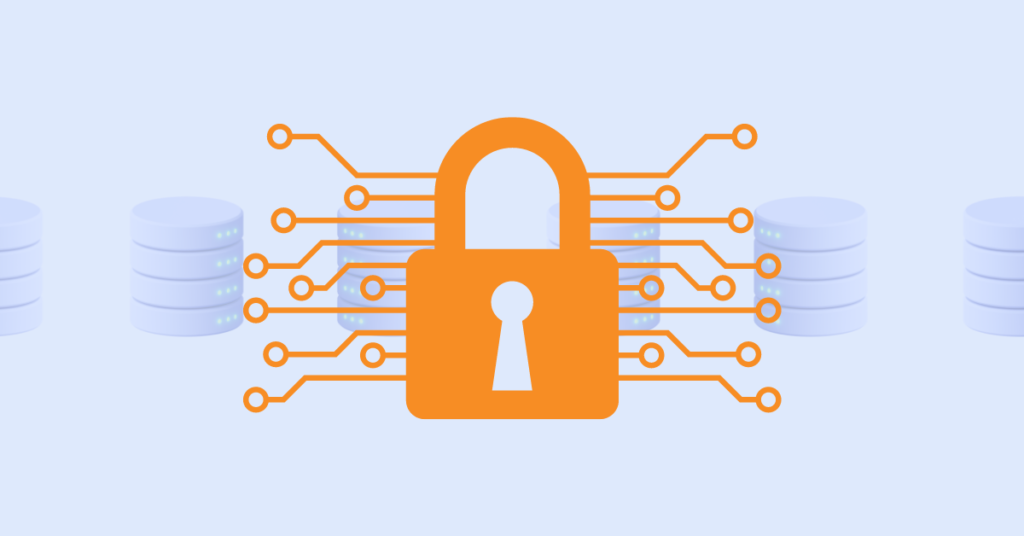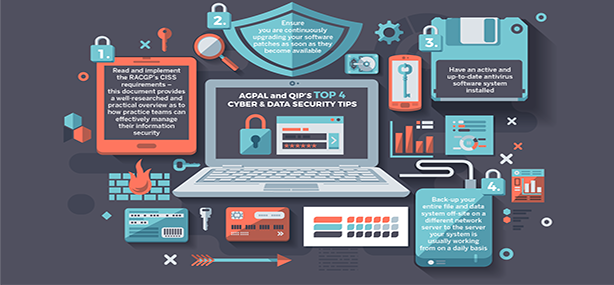FFT Perimeter Intrusion Solutions: Advanced Security for Your Premises
FFT Perimeter Intrusion Solutions: Advanced Security for Your Premises
Blog Article
How Data and Network Security Protects Against Emerging Cyber Threats
In a period marked by the rapid evolution of cyber dangers, the importance of information and network security has never ever been much more obvious. As these threats end up being extra complex, recognizing the interaction between data protection and network defenses is vital for minimizing risks.
Comprehending Cyber Hazards

The ever-evolving nature of technology consistently introduces brand-new vulnerabilities, making it important for stakeholders to remain attentive. Individuals might unconsciously succumb social engineering techniques, where assaulters adjust them into disclosing sensitive details. Organizations face distinct obstacles, as cybercriminals commonly target them to exploit useful information or interrupt procedures.
Moreover, the increase of the Net of Things (IoT) has broadened the strike surface, as interconnected gadgets can offer as entry factors for assaulters. Recognizing the relevance of durable cybersecurity practices is important for alleviating these risks. By fostering an extensive understanding of cyber hazards, people and companies can apply efficient strategies to protect their digital possessions, making sure durability when faced with a significantly intricate hazard landscape.
Trick Elements of Information Safety
Making certain information safety needs a diverse method that includes various key components. One fundamental component is information file encryption, which transforms sensitive information right into an unreadable layout, easily accessible only to authorized users with the ideal decryption tricks. This functions as an essential line of protection against unauthorized access.
An additional crucial element is gain access to control, which controls that can watch or adjust information. By executing strict user verification procedures and role-based access controls, companies can lessen the risk of expert dangers and data violations.

Furthermore, data concealing techniques can be employed to protect delicate details while still permitting its use in non-production atmospheres, such as testing and development. fft perimeter intrusion solutions.
Network Security Techniques
Implementing robust network security techniques is crucial for securing a company's electronic framework. These approaches involve a multi-layered strategy that includes both software and hardware services developed to safeguard the integrity, discretion, and accessibility of data.
One critical part of network safety and security is the deployment of firewall programs, which serve as a barrier in between relied on inner networks and untrusted outside networks. Firewalls can be hardware-based, software-based, or a mix of both, and they help filter inbound and outbound website traffic based on predefined security policies.
Additionally, invasion detection and prevention systems (IDPS) play a vital function in monitoring network web traffic for suspicious activities. These systems can signal administrators to possible breaches and take activity to mitigate dangers in real-time. Regularly see this page updating and covering software program is also important, as vulnerabilities can be made use of by cybercriminals.
In addition, executing Virtual Private Networks (VPNs) makes sure secure remote gain access to, securing information transferred over public networks. Last but not least, segmenting networks can reduce the assault surface area and contain prospective violations, restricting their influence on the overall facilities. By embracing these methods, companies can effectively fortify their networks against arising cyber threats.
Best Practices for Organizations
Establishing finest practices for organizations is crucial in maintaining a strong protection stance. An extensive strategy to information and network security begins with regular risk assessments to recognize susceptabilities and potential dangers.
Furthermore, constant worker training and awareness programs are essential. Staff members must be educated on identifying phishing attempts, social design techniques, and the significance of sticking to security protocols. Normal updates and patch monitoring for software application and systems are also crucial to protect versus known susceptabilities.
Organizations must check and develop occurrence response prepares to make certain preparedness for possible breaches. This includes developing clear communication channels and duties during a protection incident. Moreover, information encryption must be employed both at rest and en route to safeguard sensitive info.
Finally, carrying out routine audits and compliance checks will assist make sure adherence to pertinent regulations and recognized plans - fft perimeter intrusion solutions. By adhering to these ideal techniques, organizations can considerably improve their durability versus arising cyber dangers and shield their critical assets
Future Trends in Cybersecurity
As organizations navigate an increasingly complicated digital landscape, the future of cybersecurity is poised to develop substantially, driven by moving and emerging innovations risk paradigms. One popular pattern is the integration of synthetic knowledge (AI) and artificial intelligence (ML) into safety and security structures, enabling real-time danger discovery and action automation. These innovations can evaluate vast quantities of information to determine anomalies and potential violations a lot more effectively than conventional methods.
An additional essential pattern is the increase of zero-trust architecture, which calls for continual verification of customer identities and device safety and security, regardless of their area. This strategy lessens the risk of expert threats and enhances defense against external strikes.
Moreover, the increasing fostering of cloud services necessitates durable cloud safety techniques that address special susceptabilities related to cloud atmospheres. As remote work ends up being a permanent component, securing endpoints will certainly also come to be critical, bring about an elevated emphasis on endpoint detection and action (EDR) solutions.
Finally, regulatory compliance will certainly remain to dig this form cybersecurity techniques, Learn More pushing companies to take on much more stringent data defense steps. Accepting these trends will be crucial for organizations to fortify their defenses and browse the evolving landscape of cyber dangers properly.
Conclusion
In final thought, the application of robust information and network safety procedures is vital for organizations to safeguard versus emerging cyber threats. By making use of security, gain access to control, and effective network security methods, organizations can significantly lower susceptabilities and safeguard delicate info.
In an era noted by the fast evolution of cyber dangers, the significance of information and network safety has never ever been a lot more pronounced. As these hazards end up being extra complicated, understanding the interaction in between data safety and network defenses is vital for minimizing threats. Cyber dangers include a large array of malicious activities aimed at jeopardizing the privacy, stability, and schedule of networks and information. A comprehensive strategy to information and network safety begins with routine risk analyses to identify susceptabilities and possible threats.In conclusion, the application of robust data and network safety steps is necessary for companies to secure against arising cyber hazards.
Report this page